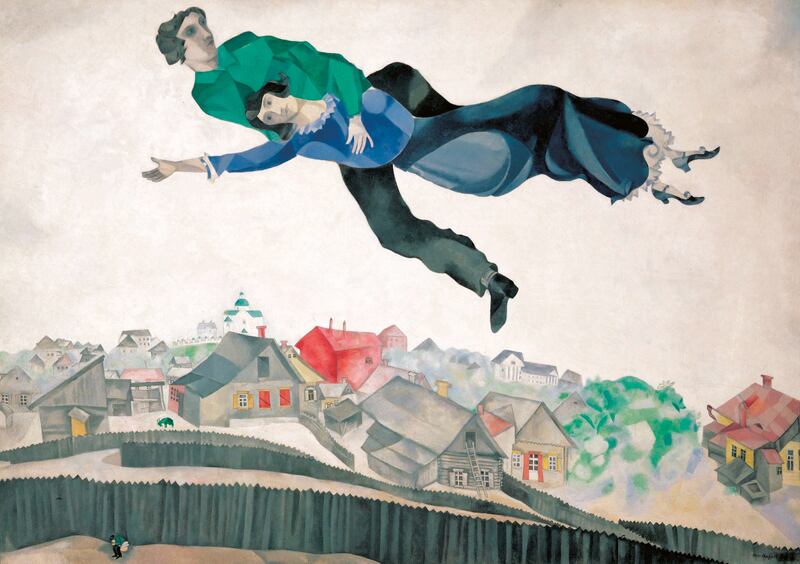Art histories of the Russian avant-garde usually begin, for good reason, with Kazimir Malevich’s white frame and its square painted in the noncolour black, first exhibited in 1915. Scheijen likes narratives and genesis for him goes back two years to a happening of performance art on a Moscow street featuring painted faces.
Whatever, the avant-gardists had arrived proclaiming their abandonment of traditional art before Dadaism took to the floor at Cabaret Voltaire in Zurich or Duchamp’s porcelain urinal, “raised to the dignity of a work of art” as he put it, was submitted for an exhibition in New York. Duchamp’s gesture took place in 1917 and, when the October Revolution enacted its own abandonment of the status quo, the political and the artistic interfaced in Russia in ways never seen before.

The convergence of the aesthetic with the political was never seamless, and someone wrote to a newspaper to complain about workers being depicted with “sawn-off, triangular faces”, but Malevich, Kandinksy, Tatlin, Popova and others threw themselves into the revolution with the commitment of a Lenin or Trotsky and some were appointed to high office in the new Soviet state.
Doubts and recriminations among the artists were legion, and Scheijen, accessing source material in Russian, delves into these to tell stories that fill out an extraordinary period of cultural history. Sometimes the author seems tone deaf to the aspirations and idealism of the Bolsheviks who, seeking to create a new kind of body politic, inspired the avant-gardists in their pursuit of a revolution of the soul.
The end, as Stalinism tightens its grip on artists and the intelligentsia, is always in sight and the book’s final chapter is a sorry tale.
Malevich survived arrest in 1930 – in time nearly all his former students would be interrogated or arrested – but died five years later; his coffin hoisted on a small truck with a large black square attached to the grille. Tatlin is said to have looked at his body and remarked: “He’s just pretending.” A small monument marked where his ashes were buried but no trace remains; even the exact location is now unknown.












